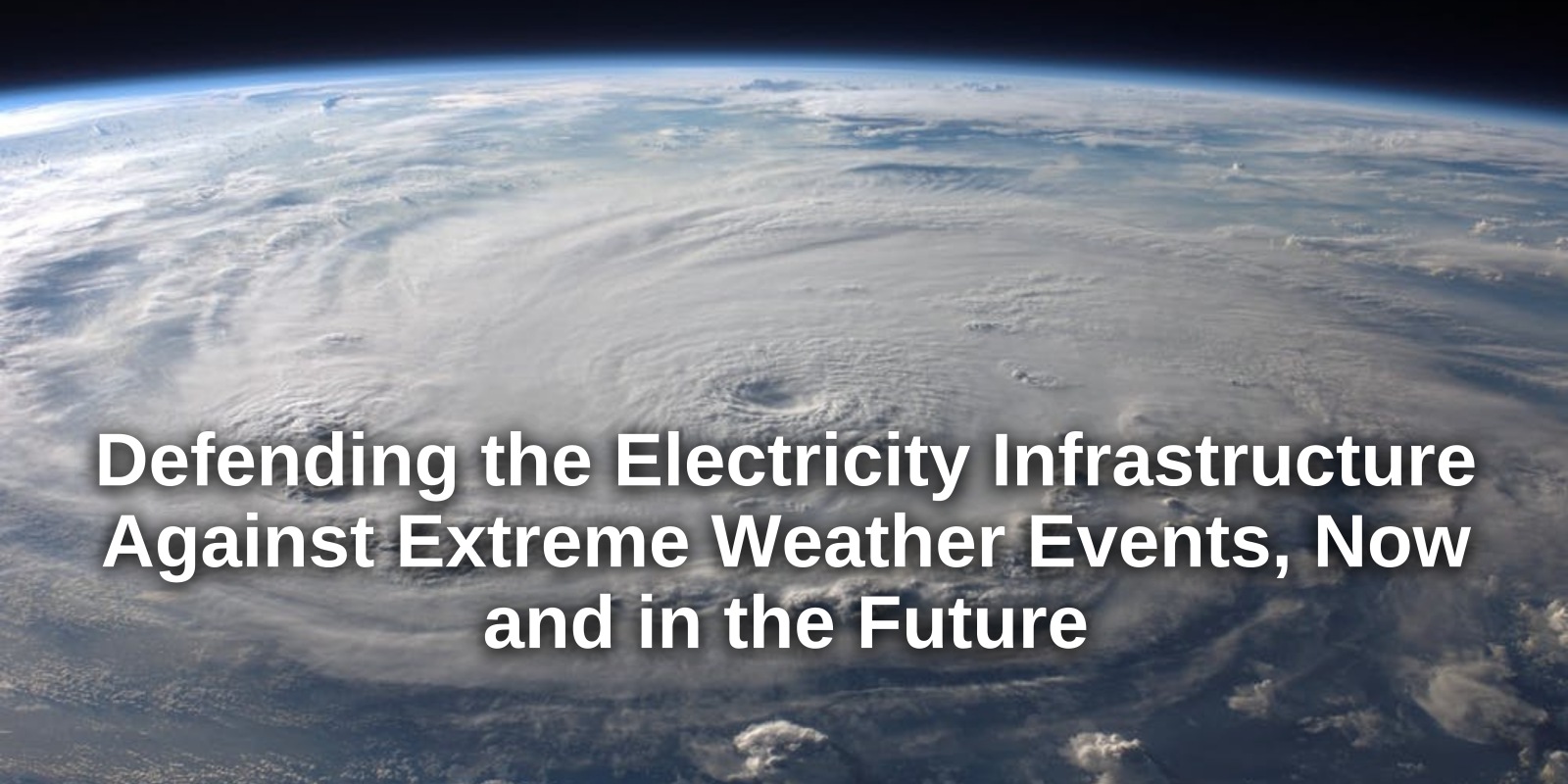
Hurricanes and similar extreme weather events cause devastation to human life and critical infrastructures, particularly the power grid. In 2017, not only was Harvey the longest lasting hurricane to hit Texas, causing record levels of rainfall, but also the costliest at $130B, part of which was due to power outages. Harvey damaged 90+ substations, downed 800+ transmission assets, 6000+ distribution poles, and 800+ miles of power lines, with a peak power generation loss of 11GW, affecting more than 2 million people and mobilizing 12,000 crew members who took 2 weeks to restore power. Harvey and hurricanes since then have shown the importance of accurately predicting such events, and of enhancing the resilience and preparedness of the power grid. Recent trends and future projections of such events suggest more severe and frequent hurricanes and heavy rainfall events. This project developed comprehensive short-, mid-, and long-term planning strategies, models, and roadmaps to address extreme-weather vulnerabilities causing widespread blackouts, i.e., flooded power substations and downed transmission lines. Our approach brings together predictive geoscience-based modeling of rainfall and flood that takes into account the probabilistic nature of the hurricane forecasts, power grid vulnerability risk assessment and extreme-weatherproof infrastructure and power equipment designs from electrical engineering, and prescriptive stochastic system-level optimization of preparedness and recovery actions from operations research.
Principle Investigators
Team Members
Project Publications
Power System Resilience to Floods: Modeling, Impact Assessment, and Mid-Term Mitigation Strategies
International Journal of Electrical Power & Energy Systems

